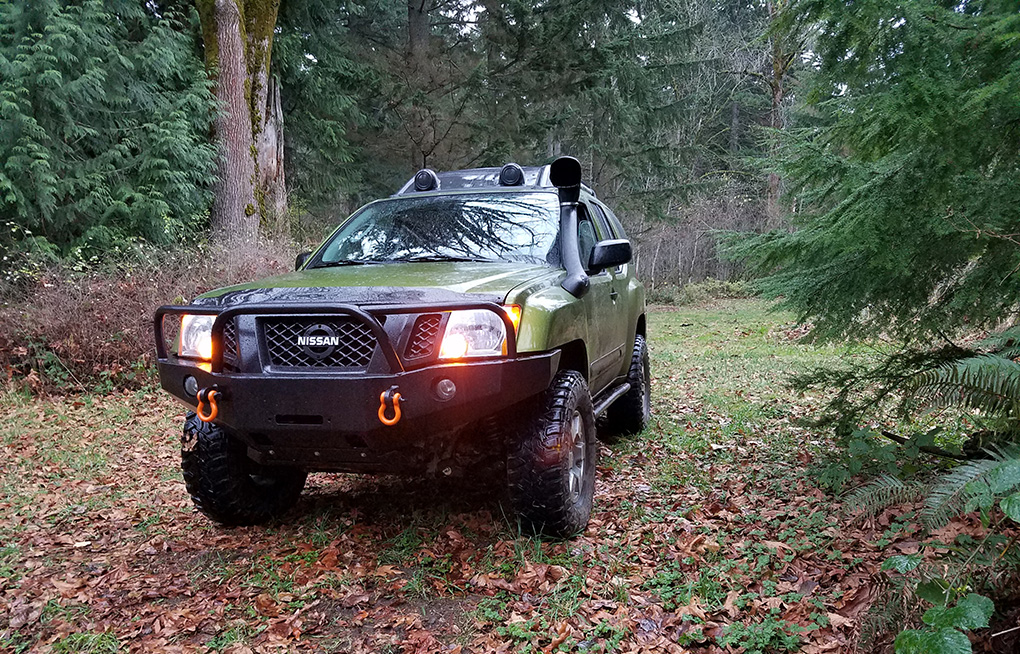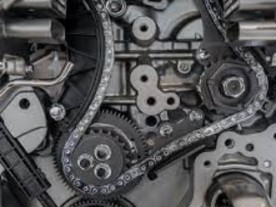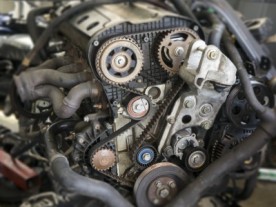When it comes to modifying a vehicle's performance, enthusiasts often seek ways to enhance handling capabilities. One popular modification that has gained attention is the utilization of wheel spacers. These simple devices allow for a wider track width by pushing the wheels further from the hub. While wheel spacers can offer aesthetic enhancements, the question remains: do they truly improve handling? In this article, we will explore the impact of wheel spacers on handling performance and delve into their potential benefits and drawbacks.

Enhanced Stability and Cornering:
One of the claimed advantages of using wheel spacers is improved stability during cornering. By increasing the track width of your vehicle, wheel spacers effectively widen the stance, resulting in a lower center of gravity and reduced body roll. This can provide increased stability and enhanced cornering capabilities, ultimately leading to better handling characteristics. The wider track also improves traction, especially in high-speed maneuvers, allowing for more precise control over the vehicle.
Increased Steering Response:
Another potential benefit of wheel spacers is the enhancement of steering response. By pushing the wheels farther outwards, wheel spacers effectively increase the leverage between the tire and the steering mechanism. This can result in a more responsive steering feel, providing the driver with better feedback and control over the vehicle's direction. Improved steering response can be particularly advantageous during aggressive driving, where quick and precise inputs are crucial.
Considerations for Proper Fitment:
While wheel spacers may offer certain handling advantages, it is important to consider a few critical factors to ensure their safe and effective usage. Firstly, choosing the correct size and thickness of the spacer is crucial. It should be compatible with your vehicle's specifications, including bolt pattern, hub diameter, and thread pitch. Using improperly sized or low-quality spacers can lead to vibrations, compromised wheel bearings, and even wheel detachment, jeopardizing safety on the road.
Potential Drawbacks:
While there are potential benefits, wheel spacers also come with their share of drawbacks. One key consideration is the impact on the vehicle's suspension geometry. Installing wheel spacers alters the scrub radius, which can affect the steering feel and stability of the vehicle. Additionally, widening the track width may increase stress on various suspension components, potentially leading to premature wear or failure.
Wheel spacers have the potential to enhance handling by offering improved stability, enhanced cornering capabilities, and increased steering response. However, it is crucial to consider the proper fitment, ensuring compatibility with your vehicle's specifications, and taking appropriate safety precautions. Consulting with a professional or knowledgeable expert in automotive modifications is recommended to avoid any adverse effects on your vehicle's performance or safety. Ultimately, the decision to use wheel spacers should be based on a holistic understanding of the advantages they offer and the potential trade-offs involved.








